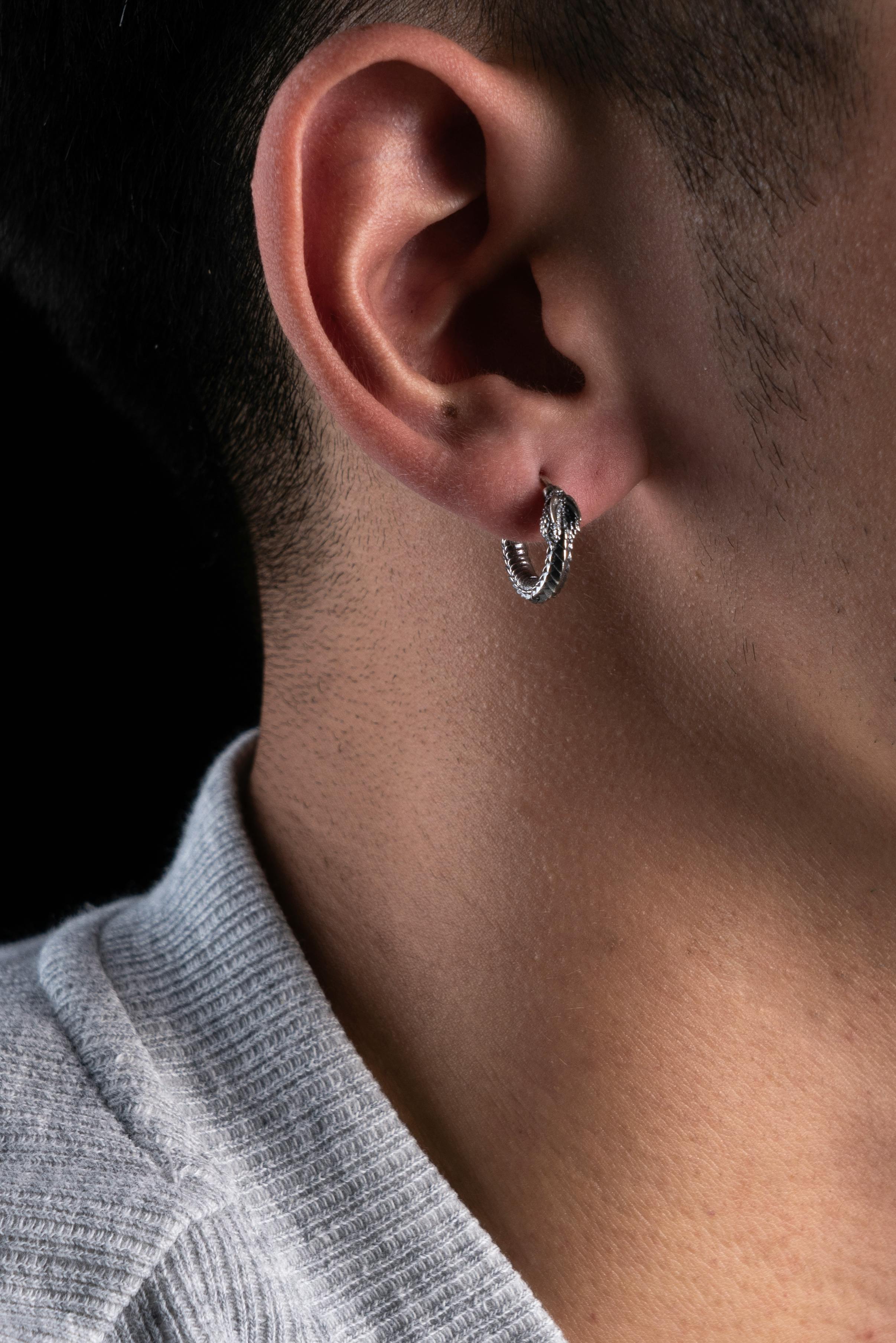Apply Now
Smart Ways to Draw Humans in 2025: Explore Modern Techniques
Drawing the human figure has always been a central theme in art, and in 2025, we see a fusion of traditional techniques and innovative approaches. With the rise of digital platforms and interactive tools, the way we approach human drawing is evolving rapidly. This evolution not only enhances our skillset but also deepens our understanding of human anatomy and expression.
Why choose human drawing? The ability to accurately capture human figures is crucial for illustrators, animators, and artists alike. It’s about more than just rendering; it’s about storytelling through the body language, expressions, and unique characteristics of each individual. In this guide, we’ll explore smart techniques for drawing humans, from anatomy basics to advanced figure drawing strategies.
Throughout this article, we’ll provide step-by-step guides, real-life examples, and expert tips. Whether you are a beginner or looking to refine your style, you will find valuable insights here. We’ll also include links to resources and online tutorials to further enhance your learning.
Understanding Anatomy for Artists
Building a solid foundation in human anatomy is crucial for any artist. Understanding the underlying structures of the human body provides greater accuracy and depth to your artwork.
Human Anatomy Basics
To start, you should familiarize yourself with the major bones and muscles. It's important to understand how these structures influence movement and proportion. Resources such as anatomy books specifically designed for artists can significantly aid the learning process.
Proportion of the Human Figure
The proportions play an integral role in figure drawing. A standard way to conceptualize human proportion is the "head" method, where the human body can be divided into sections based on the size of the head. This method aids in maintaining correct scale in your drawings.
Common Mistakes in Anatomy Drawing
Aspiring artists often overlook the subtleties in human anatomy, which can lead to awkward or unrealistic figures. Pay special attention to joint dynamics and the fluidity of movement to avoid rigidity in your sketches. Continuous practice from life and references like
anatomy resources for artists can help you refine your practice.
Building on these foundations of anatomy, let’s transition into developing practical skills for sketching humans.
Essential Sketching Techniques for Humans
Once you have a good grasp of anatomy, it’s time to explore sketching techniques that can bring your human figures to life.
Gesture Drawing Techniques
Gesture drawing is an essential practice for capturing movement and poses quickly. Spend a few minutes on each pose to capture the essence rather than detail. This practice will enhance your ability to depict human figures in motion, refining your speed and accuracy.
Using Reference Photos
Gathering reference photos is a powerful way to improve your skills. By observing real-life examples, you can understand subtle nuances such as body dynamics and expressions. Websites and apps that provide a variety of human poses can greatly aid in developing your observational skills.
Drawing Different Poses
Experiment with drawing a variety of poses to challenge your understanding of form and proportion. Focusing on dynamic poses will help improve your ability to depict action and emotion in your drawings, further enhancing your storytelling capabilities in art.
With these sketching techniques established, let’s delve into the intricacies of face and expression drawing.
Mastering Portrait Drawing Techniques
Portrait drawing is celebrated for its ability to capture likeness and character. Let’s look at how to refine your portrait techniques.
Understanding Facial Features
Each feature of the face has its own unique structure and relation to others. From the curvature of the jaw to the proportions of the eyes and nose, understanding these relationships is fundamental in portrait drawing. Online tutorials can provide detailed breakdowns of facial anatomy to aid in this process.
Capturing Likeness in Portraits
Achieving a likeness in portraiture often involves subtle nuances like the angles of facial features. Techniques such as grid drawing can help maintain proportions and scale, ensuring your portraits remain true to life.
Using Light and Shadow
Light plays a crucial role in portraits. Understanding shading techniques will add depth and dimension to your drawings. Use gradients to simulate light when drawing different skin textures, and consider light sources to create more realistic effects in your art.
With tools for portrait drawing established, we now explore more advanced figure drawing techniques in our next section.
Advanced Techniques for Figure Drawing
Taking your figure drawing to the next level involves exploring advanced techniques that focus on depth, movement, and character design.
Drawing Clothing on Figures
Clothing can greatly affect the way a figure is perceived. Understanding how fabric falls and moves with the body can enhance the realism of your drawings. Practice drawing basic shapes to visualize the garment's flow and structure.
Capturing Movement in Drawings
To portray movement effectively, it’s important to understand body language and how gestures indicate action. Study dynamic poses and aim to incorporate these into your work through practice and observation.
Character Design Techniques
Creating compelling characters requires a blend of anatomy knowledge and imaginative expression. Incorporate elements that reflect personality traits into your designs, using posture, facial expressions, and clothing style as indicators of character.
As we close in on the drawing techniques, let’s conclude with practical applications and resources to support your journey in mastering human figures.
Practice Exercises for Figure Drawing
Regular practice is vital for improvement in drawing humans. Incorporating structured exercises can provide a focused approach to enhancing your skills.
Step-by-Step Drawing Guides
Utilize online drawing courses that offer step-by-step guides to systematically improve your figure drawing. Select tutorials that provide a clear progression from basic to complex concepts.
Experimenting with Abstraction
While realism is crucial, exploring abstraction by simplifying human forms can also be fruitful. It allows for creative expression and a deeper understanding of shapes and movement.
Joining Online Figure Drawing Communities
Engage with online communities to share your work and receive constructive feedback. Participating in drawing challenges within these groups can encourage consistent work and improvement in your technique.
As you incorporate these practices into your routine, you'll find your understanding and representation of human figures will greatly enhance, leading you to create more dynamic art.
Conclusion: Drawing Humans with Confidence
In 2025, drawing humans integrates traditional techniques with modern resources and practices. By mastering anatomy, refining sketching and portrait techniques, and understanding the nuances of figure dynamics, artists can create compelling representations of the human form.
Practice is essential, and with dedication, the journey of learning human drawing can be both rewarding and enjoyable. Use the resources available, like [this link](https://example.com/image1.png) for reference and inspiration, and continually strive to develop your own unique drawing style.




